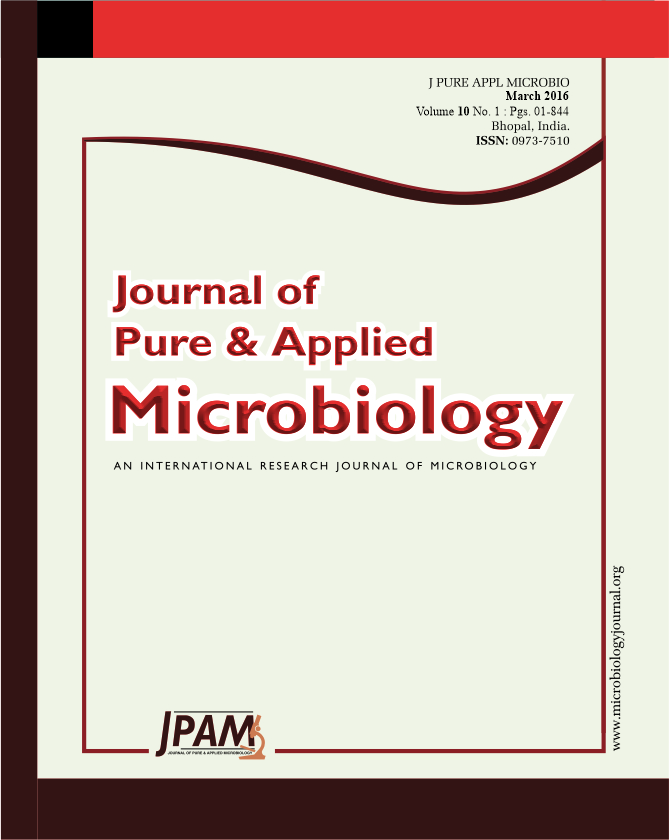Traditional microbiological cultivation strategies are often not suitable for majority of microbial species, and new approaches to the cultivation of bacteria are in demand. This study introduces a novel cultivation method for soil bacteria based on using a polycarbonate permeable membrane of transwell plates in liquid cultures with common synthetic media. The method mimics natural conditions in that the membrane acts as a growth support while natural nutrients from soil environment can pass through 0.4-µm membrane pores to reach microorganisms in culture. Analysis of 16S rRNA genes revealed that 68 strains were isolated from forest soil using both the new and traditional methods: 67 strains through the new and 21 strains through the old method including 20 strains overlapped in both methods. Among the 68 strains 14 were potentially new species isolated by the new method with 5 of them also isolated by the traditional method. The novel modified cultivation method proved a valuable tool in isolation and cultivation of soil bacteria including new species that are difficult to culture by conventional methods.
Not-yet isolated bacteria; Novel modified cultivation method; Permeable membrane; Transwell plate; Soil; Synthetic common media.
© The Author(s) 2016. Open Access. This article is distributed under the terms of the Creative Commons Attribution 4.0 International License which permits unrestricted use, sharing, distribution, and reproduction in any medium, provided you give appropriate credit to the original author(s) and the source, provide a link to the Creative Commons license, and indicate if changes were made.


